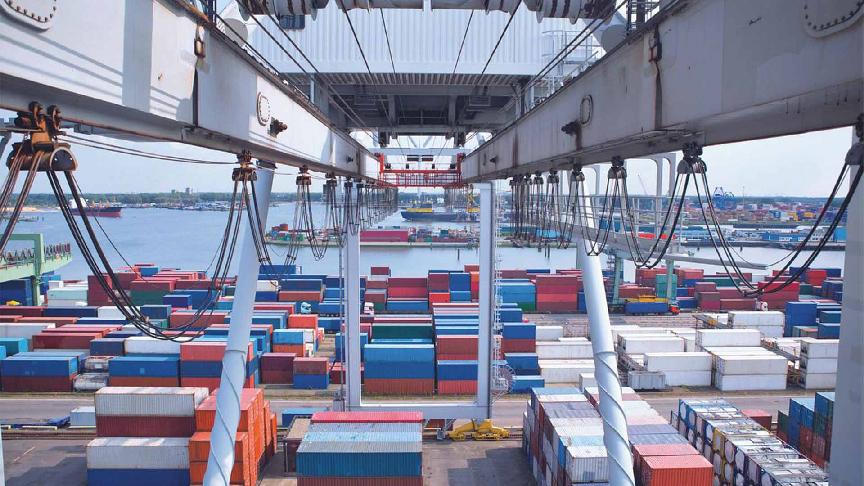“The economy lost some momentum as the Fed continued to fight high inflation”, reads a recent headline from the Wall Street Journal. The topline message is not overwhelmingly positive in the face of slowing consumer spending. However, the details help to shape a more nuanced picture.
“February’s consumer spending numbers should be viewed as quite strong,” said Barclays U.S. economist Pooja Sriram. “Households continue to feel the tailwind from strong gains in wages and salaries, fueled by strong labor demand, and continue to dip into excess savings accumulated during the pandemic for additional firepower.”
The so-called “core” personal consumption expenditures price index, which excludes volatile components such as energy and food, rose 5.0% in February compared to a year earlier, slightly down from 5.3% in January.
Mixed macro messages continue as markets, regulators, and households react to turmoil in the banking sector. On one side, recently released data concerning spending, inflation and sentiment are yet to be digested, and March’s figures could show a much different consumer.
Federal Reserve Chairman Jerome Powell has gone as far as to indicate that the pace of rate increases could slow or even stop if they see credit and lending start to tighten up.
On the other side, unemployment remains historically low, despite highly publicized tech layoffs, while wage gains and savings rates are also ticking up.
“Even though we’re seeing layoffs in tech, with unemployment at 3.6%, what you have is that people who want jobs can get jobs. That means households have income and spending power.” - Leo Feler, chief economist at Numerator
All of this to say, the economy continues to show two faces. Headwinds persist: the University of Michigan’s Consumer Sentiment Index fell for the first time since November. Tailwinds persist: inflation has slowed more than expected, with CPI falling to the lowest annualized increase since September 2021. The Federal Reserve Supply Chain Pressure Index fell below 0 for the first time in 41 months.

Regarding consumer demand for products manufactured in Asia, some market observers and participants still expect an increase in demand towards the second half of the year. This optimism is driven firstly by the expectation that inventories will need to be replenished: stock levels rose at the slowest pace last month since February 2022 (on an annualized basis, not adjusted for inflation).
But more interestingly, some of this optimism is driven by a reaction to pricing conditions: higher costs for restaurants, vacations and other leisure activities have sparked a return to spending at home, with spending for household goods showing gains over the past few months.
Unfortunately, data released from major U.S. ports shows an abysmal February and soon-to-be-released March figures are expected to solidify the sour mood.
Courtesy of our Kuehne+Nagel colleague William Hazlegrove, Sea Logistics Trade Lane Manager- Transpacific Eastbound






